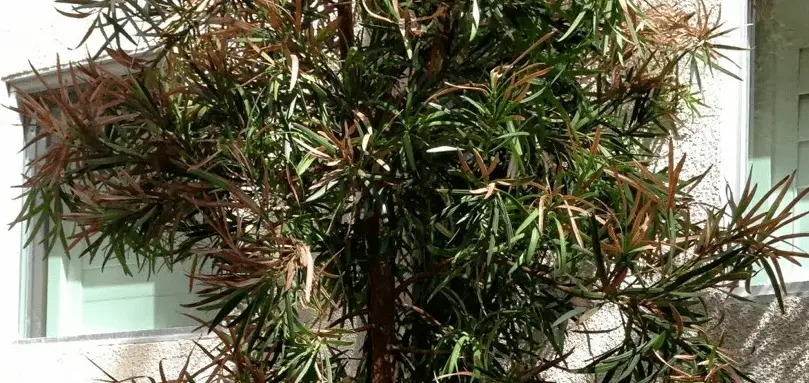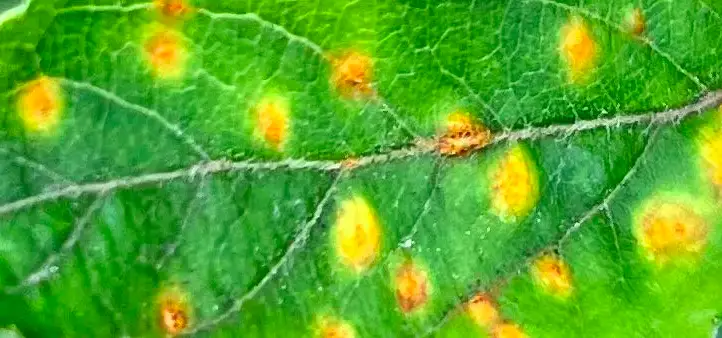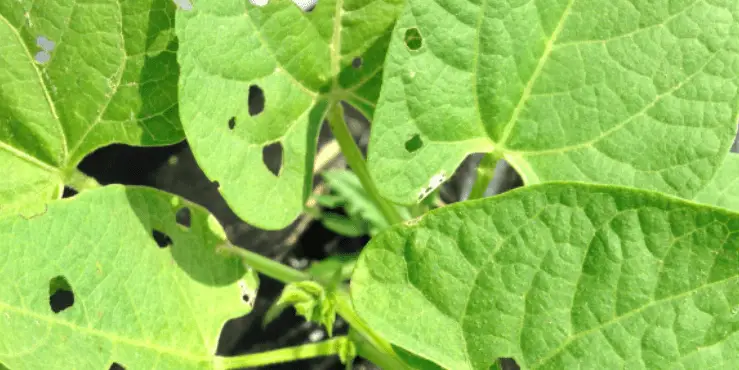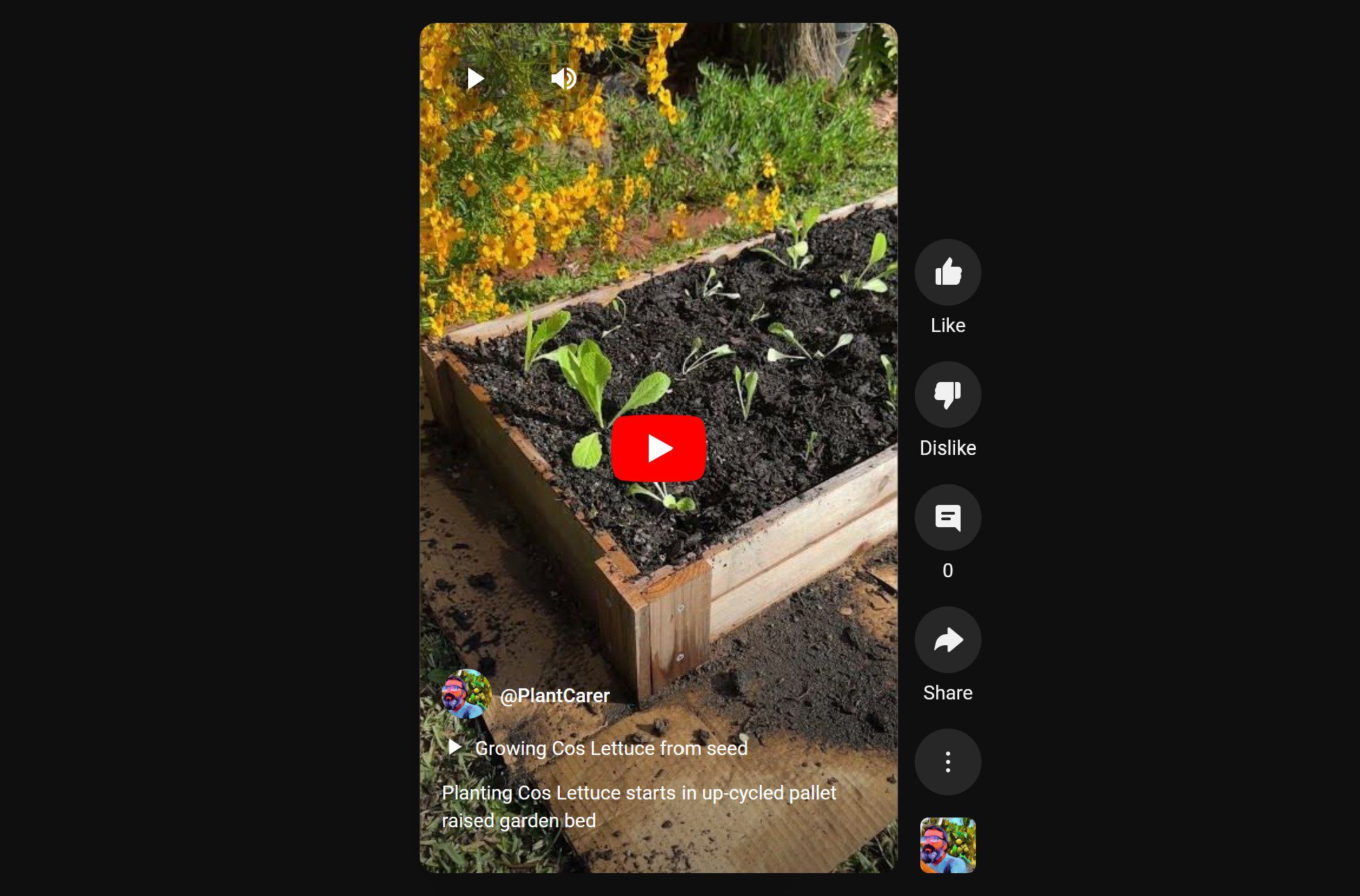Hibiscus plants are some of the most popular flowering plants because they provide a beautiful show for summer. In addition to their attractiveness, hibiscus plants also have health benefits when used in tea or eaten as fruit.
But recently, many people have been noticing that their leaves are turning white and this is not normal. This blog post will discuss possible causes and cures for hibiscus leaves turning white.
Why Are My Hibiscus Leaves Turning White?
There are several reasons why hibiscus leaves turn white. The first reason is powdery mildew, which is a type of fungus that forms as white powder on leaves and stems. It can be caused by low humidity, high temperatures, poor air circulation, or over-watering the plant.
This fungus uses long tendrils to attach itself to the plant’s surface where it then penetrates into its cells and releases enzymes, which results in turning leaves white – from top to bottom.
The second reason that your hibiscus leaves might be turning white is due to insects, such as mealybugs, scales, or spider mites which can suck the sap out of the leaf veins causing them to dry up and die very quickly.
How To Treat Powdery Mildew on Hibiscus?
Treating powdery mildew on hibiscus plants usually depends on how severe it is. In the early stages of this fungus, you can simply use a damp cloth to wipe off any white spots that appear. If more and more leaves are being affected by this fungus, then consider spraying your plant with neem oil (Amazon link) every few days.
How To Remove White Bugs from Hibiscus?
To get rid of whiteflies, start by simply removing any leaves with whitefly infestations. Once the eggs hatch and these little guys become adults, it’s too late to treat them—they’ll just keep coming back!
If you see adult flies flying around your hibiscus plant from time to time (as they will be attracted to weak plants), then use a cotton swab soaked in rubbing alcohol to wipe up as many bugs as possible. This works great because their bodies are so soft that they can’t remove themselves once stuck on the goo!
Since this is not a guaranteed fix for all types of whitebugs, we recommend using an effective neem oil like mentioned above if you notice more than just a few bugs.
Hibiscus Care Tips
It’s important to care for your hibiscus if you want it to thrive. Here are a few of my favorite care tips:
- Water your hibiscus plant once a week, but only if the soil is completely dry.
- Feed your hibiscus plant every two weeks with a balanced fertilizer (such as 20-20-20) diluted to half strength
- Prune your hibiscus plant once a year, right after it completes flowering
- They like temperatures between 70 and 90 degrees
- Give your hibiscus at least six hours of sun a day
- Avoid overwatering your hibiscus plant, as this is one of the most common causes of root rot
- Make sure you have enough humidity around your plant, but avoid having it sit in a tray of water
Conclusion
In conclusion, if you notice your hibiscus leaves turning white, then chances are there is some form of powdery mildew or a large infestation of whiteflies. Treating these conditions as soon as possible will ensure that your plants can recover and grow new healthy green leaves in the future!
Whether you have powdery mildew or whiteflies, your hibiscus plant is still able to recover and thrive if treated accordingly. Be sure to also follow the basic care tips if you want to ensure that your hibiscus plants are able to grow into beautiful and healthy specimens.
Tim is an avid gardener from the UK. He was the founder of PlantCarer.com from 2021 to Sep 2023. He sold PlantCarer.com to Aaron. He has since started his own business called Seed To Supper, which provides new gardeners all the materials you need in a box (pots, seeds, compost and instructions) to grow your own delicious and nutritious vegetables and herbs from start to finish – no garden required.









0 Comments